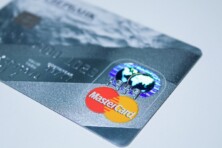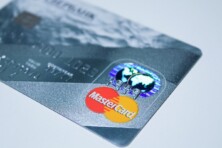Ukraine is actively transitioning to digital payments, leaving cash in the past. This process and the role that Mastercard—one of the trendsetters in payment innovations—plays in it are discussed below.
Despite the full-scale war in Ukraine, innovative technological solutions are being intensively implemented in the payment sector, and Ukrainians are increasingly refusing cash and using digital payment services more frequently. Technology companies, such as Mastercard, are actively helping with this.
Yuriy Batkhin, Vice President for Business Development at Mastercard in Ukraine and Moldova, shared what payment solutions users need today, how protection against cyber threats is ensured, and what solutions in the field of e-commerce the company offers today. They also discussed the development of the Ukrainian fintech market, startup support programs, and smart city projects in Ukraine.
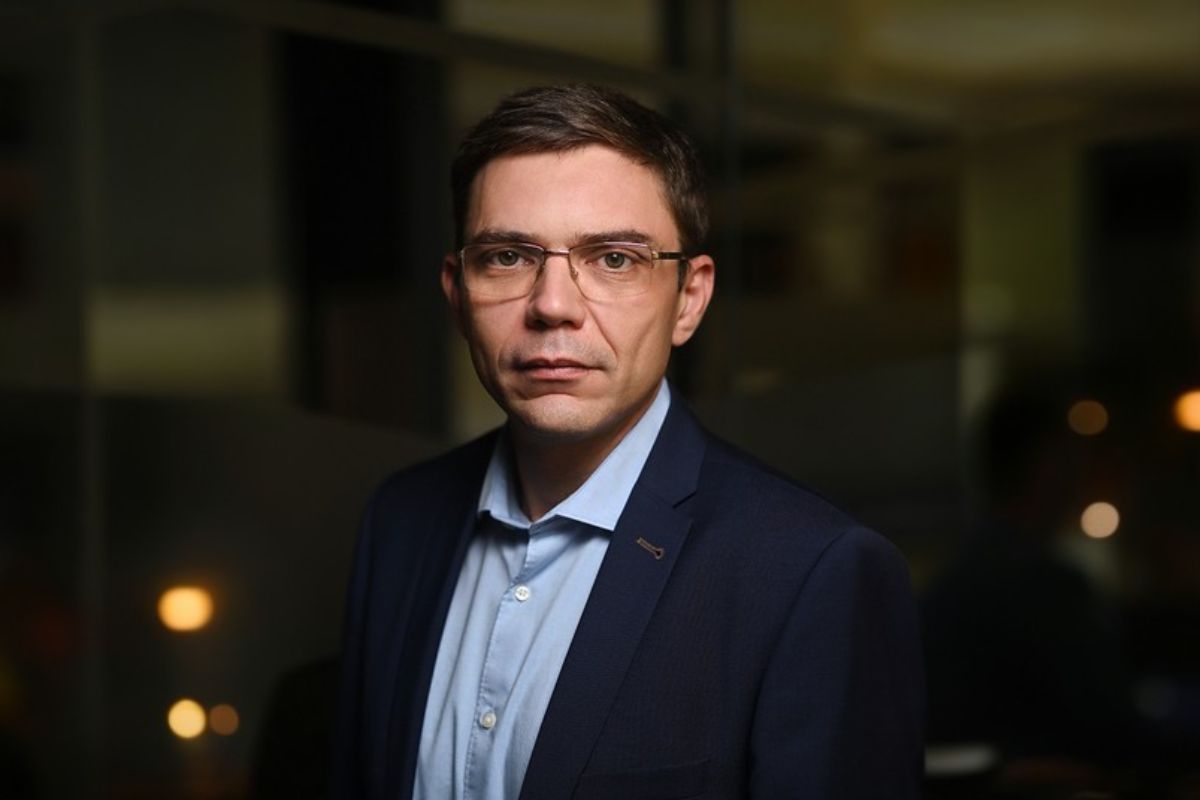
PaySpace Magazine: Can we tell that the full-scale war in Ukraine has pushed citizens to transition to digital payments and online payments, in particular, more actively? Has there been a surge in this phenomenon since Feb. 2022?
YB: Digital payments have already become mainstream among Ukrainians. Today, 60 percent of Mastercard payments in the country are digital payments with NFC gadgets or online. And, by the way, not only this year but for five years in a row, Ukraine has consistently been in the top 10 countries worldwide regarding the number of NFC payments with smartphones and other gadgets with digital Mastercard cards.
The demand for digital payments is confirmed not only by our statistics but also by the consumers themselves. The MasterIndex study we conducted at the end of last year showed that every second Ukrainian made digital payments with gadgets during the war year, this is 11 percent higher than the year before.
If we talk about online payments in particular—almost 90 percent of those surveyed last year had experience with online orders. In comparison, 64 percent of them made online purchases from once to several times a month. Thus, the frequency of online payments remains at a quite high level.
What contributes to this? We see several main trends. The first is the growing popularity of digital wallets, such as Apple Pay and Google Pay. Thirty-seven percent of respondents mentioned this payment option as the most frequent. For comparison, in 2021, this figure was 20 percent.
The second positive trend is a significant decrease in cases of payment for online purchases with cash upon receipt of goods. Thus, on the one hand, the number of people who order online is increasing; on the other hand, the number of cash transactions is decreasing.
PaySpace Magazine: Which categories of goods or services enjoy the most cashless online payments in Ukraine?
YB: We are observing a significant increase in online payments, for example, in the category of household appliances. This indicator has increased by almost 80 percent in March 2023 compared to pre-war January. The number of online payments is also growing in the education category (+15 percent) and transportation services, especially ticket purchases and payment for public transport (+22 percent).
We also observe significant popularity of online payments in categories of public catering establishments (for example, using QR codes), logistics services (Ukrposhta, Nova Poshta, Glovo, etc.), supermarkets, and so on.
Overall, the share of online payments is steadily increasing in both volumes and transaction numbers. According to regulator data, it has already exceeded 25 percent of all non-cash transactions. It accounts for about one-sixth of all payments in sum.
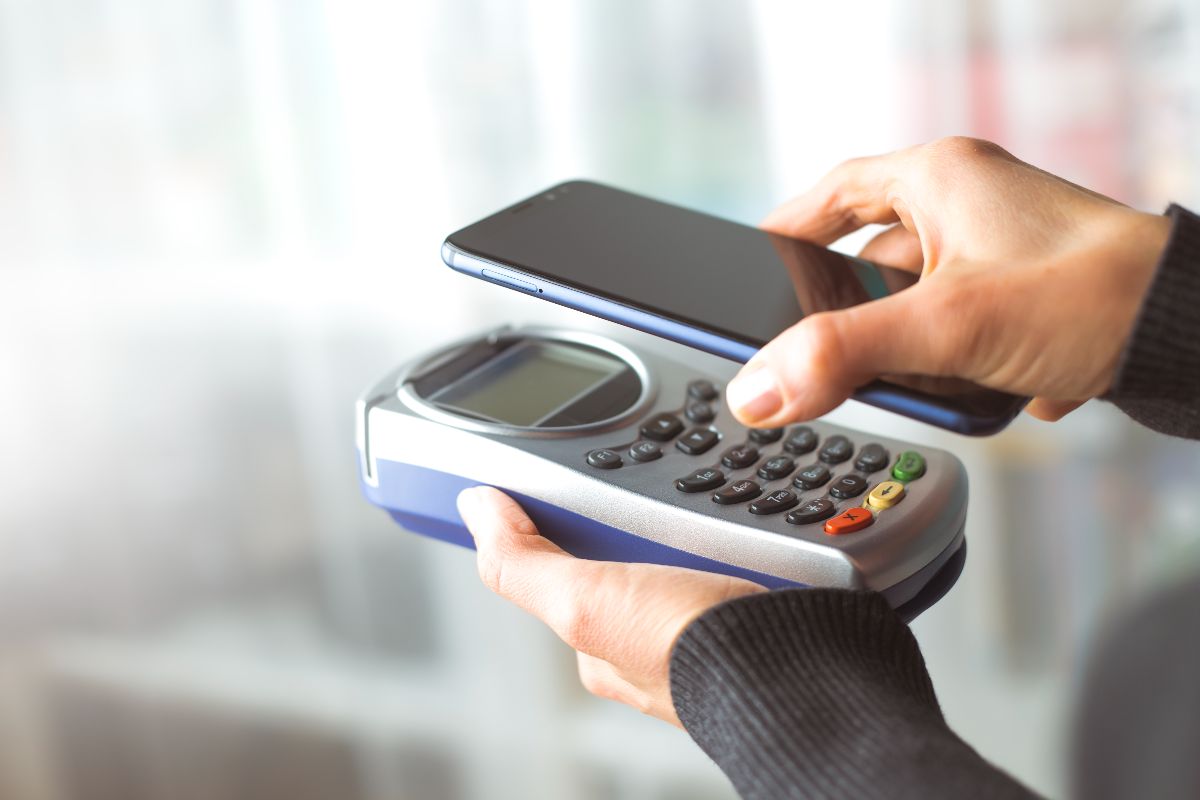
PaySpace Magazine: What payment solutions do users need today?
YB: One of the most relevant services of the past year, which we continue to develop today actively, has become “Purchase with cash withdrawal”—the ability to receive cash directly at the checkout of a trading enterprise when paying with a card. This service helped meet the demand of Ukrainians for cash during difficult periods, such as the first months of war or blackouts, when ATM capabilities were limited.
Today, the service is available in more than 55 retail networks throughout Ukraine, including at the checkouts of supermarkets, pharmacies, gas stations, etc. And this list is constantly expanding. Interestingly, the average volume of cash that Ukrainians receive, thanks to this service, makes up about 12 percent of all cash funds withdrawn using payment cards throughout the country. In peak periods, this figure reached more than 20 percent. In other words, this is the power of one-fifth of the ATM network across the country.
Another service we focus on, which we also see steady in demand, is card top-up at store checkouts. It’s very convenient when you can quickly and hassle-free replenish your card or someone else’s card directly at the point of sale without looking for self-service terminals or traditional bank branches. Now we are planning to expand this service.
Other services are more about the digital experience. In particular, thanks to the digital card issuance program—Mastercard Digital First—customers can get a digital card directly in the bank’s app, while the physical card is just an additional option. Moreover, this digital card has the same functionality as the physical one: you can add it to Apple Pay or Google Pay, activate loyalty programs, customer support services are available, etc. These features allow the user to digitize very quickly and easily, and this approach, by the way, fully meets the demand of Ukrainians. Our research says: a third of users are ready to abandon plastic cards entirely in favor of digital ones over the next two years.
We are also working on a new service for our market—partial approval or “combined payment,” which will be available this year. What is the idea? According to our analytics, about 60 percent of payment denials occur due to a lack of funds or certain card limits. As we see from statistics, the user often lacks a small amount of money to pay for the purchase. The partial approval service is designed to solve this problem: the user can pay for the purchase with two different cards or pay part with a card and pay the rest in cash.
PaySpace Magazine: How is payment security carried? What steps is Mastercard taking to ensure payment safety?
YB: Cyber threats are a global challenge. According to Statista Cybersecurity Outlook, by 2027, losses from cybercrime worldwide will triple, reaching $24 trillion. Ukraine, unfortunately, has been and remains a target for cybercriminals and fraudsters. Cyberattacks increased tenfold after Feb. 24, 2022, especially on government websites and institutions, transport and logistics companies, and the energy and financial sectors. In the face of these threats, over the last five years, Mastercard has acquired 18 companies with expertise and experience in preventing and countering cyberattacks.
For example, one of these companies—RiskRecon—offers a solution that allows companies to conduct an external scan of their entire IT infrastructure to find weak points and system vulnerabilities. It’s important to note that 60 percent of cybersecurity issues come from outside, so we recommend using solutions both to scan your own systems and analyze your partners’ systems. This approach allows an understanding of the full range of potential risks both within the company and within the wider ecosystem.
Another solution we are actively offering to the market now is Cyber Front. Its idea is to simulate different cyber attack scenarios to identify system gaps. After collecting data on attacks that managed to bypass protection, the analysis stage takes place, followed by providing recommendations on necessary improvements. Thanks to an extensive database of actual cyber attack templates, the solution allows an understanding of where a weak spot could be and what needs fixing. Another direction is the application of artificial intelligence. Recently, Mastercard acquired the Swedish company Baffin Bay Networks, which has extensive experience fighting cybercrime. This company specializes in creating a “cyber shield” using artificial intelligence (AI “Cyber Shield”) that helps counteract malware, ransomware, and DDoS attacks, which according to our data, are the most common in Ukraine. I hope that soon Mastercard will be able to offer this service to its partners, including in the Ukrainian market.
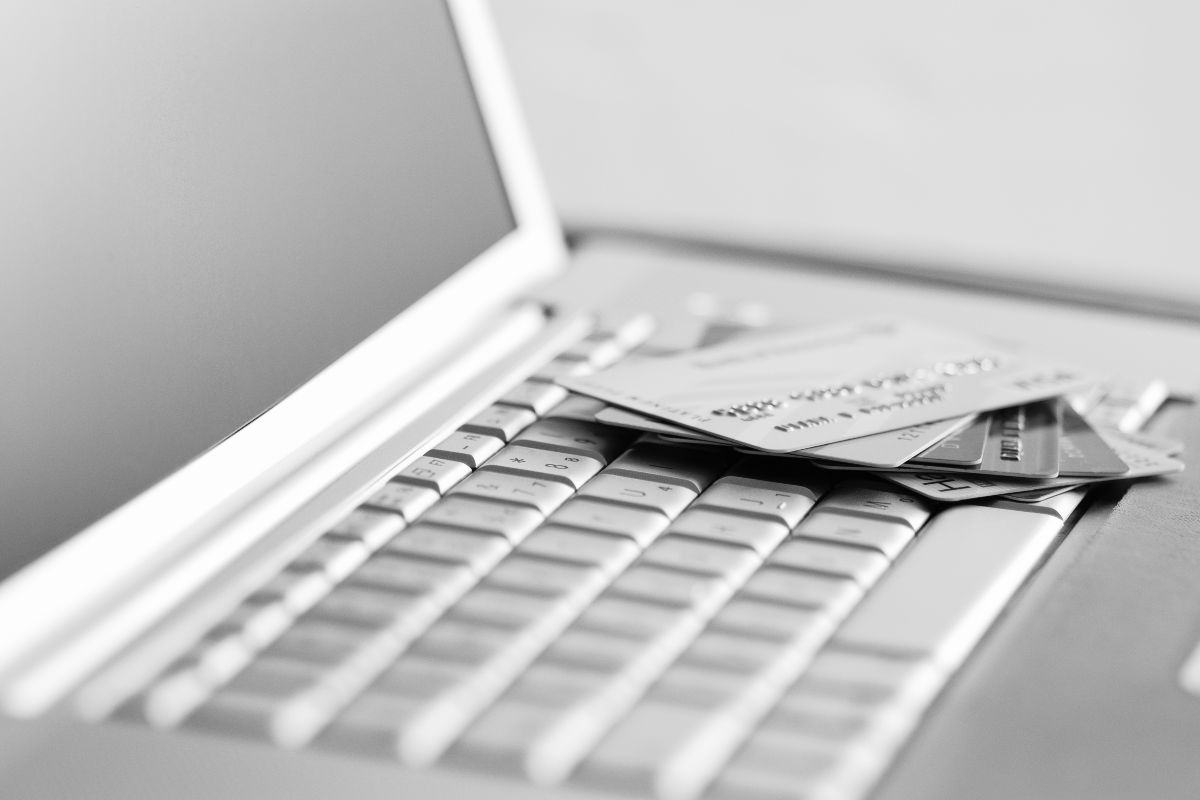
PaySpace Magazine: What e-commerce solutions is Mastercard offering today? It’s especially interesting to consider this question in terms of customer experience.
YB: From the point of view of customer experience in e-commerce today, we see three payment scenarios. First, the use of global digital wallets (Apple Pay or Google Pay), and in Ukraine, this direction is constantly growing and developing. The second scenario is Card on File solutions that help customers conveniently pay for purchases and services online by storing their card data on the merchant’s side or with their partners. The share of such payments in the market is 35-40 percent. Why is the spread and improvement of Card on File solutions essential? Without them, for example, the existence of some services, such as subscription services, would be impossible. Moreover, it’s a convenience of payment even without Apple Pay or Google Pay integration on the website or merchant’s mobile application.
Also, as experience shows, the more we store our cards in various services, the more we become active in online payments—according to our data, transaction activity increases by 25-30 percent. Significantly, this also affects the growth of customer trust in such services and, accordingly, their popularity. The third scenario of online payments is Guest Checkout, that is, manual entry of card data. This scenario is the least convenient payment method from the customer experience standpoint and, moreover, the most risky. Through it, the conversion rate drops significantly—both for merchants and issuers. Currently, we are focused on improving the customer experience for the last scenario and are working on implementing the Click to Pay service in Ukraine. Its goal is to provide customers with a convenient digital payment method with adequate protection. It is a digital wallet that will allow users to digitize and store their cards and pay for online purchases in one click, significantly improving the customer experience. It is essential that the service is based on international industry standards agreed upon by international payment systems. This standardization means that if a user has a Click to Pay wallet, they can use it both in Ukraine and anywhere in the world where this solution works.
PaySpace Magazine: Are there any programs for developing the Ukrainian fintech market—for example, support for startups and new developments? Perhaps there are any exciting collaborations planned that you can tell us about now?
YB: Last summer, we announced the Mastercard Start Path Ukraine program, developed specifically to support Ukrainian fintech. We recently selected five participants in this program who have already begun the acceleration process. These are Ukrainian fintech companies working on solutions for remote identification, online lending, automated reporting for financial monitoring, and solutions—including payments—for small and medium-sized businesses. Soon we will have many exciting solutions for our market that will be useful now and also in the post-war reconstruction period. This program continues Mastercard’s global Start Path program, which allows mature-stage startups to scale via access to the company’s technology, our expertise, and our partner network worldwide. More than 350 startups from 42 countries worldwide have received support through this program, including, for example, Doconomy and Revolut.
PaySpace Magazine: What are Mastercard’s plans for implementing smart city concept projects in Ukraine?
YB: We have a really long history of implementing smart city projects in Ukraine, with over 40 already, and importantly—these are different technological formats. We started working on them back in 2015 with the implementation of contactless payments on turnstiles in the Kyiv metro. Then there were different formats of smart city solutions that we implemented in many cities across Ukraine. These formats include payments via mobile application and Bluetooth sensor system in Ivano-Frankivsk and Chernivtsi, mobile or stationary validators in Odesa and Uzhgorod, etc.
Last year we didn’t stop—with the support of the Kyiv City State Administration, we integrated the cashless payment system into the capital’s ground transport. We continue to develop the metro, as mentioned earlier—now we are working on launching cashless payment on all turnstiles. Another important direction is cooperation with Ukrzaliznytsia (Ukrainian Railways). We jointly launched the “Ukrzaliznytsia” mobile application in August last year. We are really proud of this project, which rightly receives high user ratings. Statistics confirm this.
From August 2022 to May 2023, over 2 million tickets were purchased through the application, and the number of users exceeded 900,000. Together with Ukrzaliznytsia, we constantly work on expanding the list of services and benefits available in the application. So, a new version was released recently; in it, passengers can pay with a card for animal tickets, extra luggage, etc.
In general, the primary focus and the development basis of smart city projects is the provision of payment choices. Some people prefer to use a contactless card or a digital wallet, others prefer to pay directly at the turnstile, and others find it convenient to buy a digital ticket online. And we are working to provide this choice. But a smart city is not only about transport. These are, for example, vending solutions: coffee or snack machines, water vending machines, payment systems at car washes, etc. We create a versatile payment system: applications, cards, NFC, etc. Such an approach is a synergy of offline and online tools, which is, in my opinion, a vivid example of how smart city solutions should develop.
In conclusion, we can say that the Ukrainian market and infrastructure are steadily moving towards cashless payments, and active terminalization is taking place. What still needs to be worked on are categories where the possibilities of such payments are still lacking—for example, cash-only markets, small shops, and kiosks. Not least, this is related to the work of small and medium-sized businesses, which require accessible, cutting-edge payment solutions. And our focus will remain on supporting the SME segment on this path.

PaySpace Magazine: What trends in digital payments do you think will be leading in Ukraine over the next few years?
YB: Our undeniable trendsetter is our users because they guide us and give us an understanding of which solutions will be most relevant for them. We always highlight safety, convenience, and control among the fundamental needs. Suppose, in different scenarios, we can simplify the user’s payment process, relieving them of the need for additional steps. In that case, this will significantly improve the customer experience, which is what we strive for. The same applies to control tools: we, as users, already have a multitude of accounts and cards, and this number will only grow, so as a technology company, we need to offer users convenient tools that would help manage this.
At Mastercard, we foresee that there will be a maximum, close to 100 percent, tokenization of services in the coming years. We see the active development of this trend in offline payments, where one of two payments in physical retail with our cards is an NFC payment with a smartphone or another gadget, such as a fitness bracelet or smartwatch.
We strive for such indicators in online payments. We call this Unified Checkout Solutions. It doesn’t matter where the user makes a purchase— in a mobile application, website, or via a chatbot—they should get a convenient digital payment method. The development of online payment trends in the Ukrainian market largely depends on implementing the Open Banking concept. It is expected that 2025 will be the culmination regarding this matter. Open Banking will open up more opportunities for fintech companies and service providers to rethink their roles in the payment and financial sectors and their future cooperation with the traditional banking sector.
I am sure that remote identification and verification services will be very much in demand in Ukraine, as many services now require full identification, particularly from the point of view of AML legislation requirements. Consumer lending, particularly BNPL (Buy Now, Pay Later) services, will also develop. These developments will be especially relevant after the end of the war. And, of course, we should mention the connected finance trend—the ability for customers (in any channels and using various tools) to access and manage all their finances. In simple terms, this is when all my banks, accounts, and investment tools are located in one access point. This is what the Open Banking ecosystem can provide and what will indeed be the trend in the coming years.


